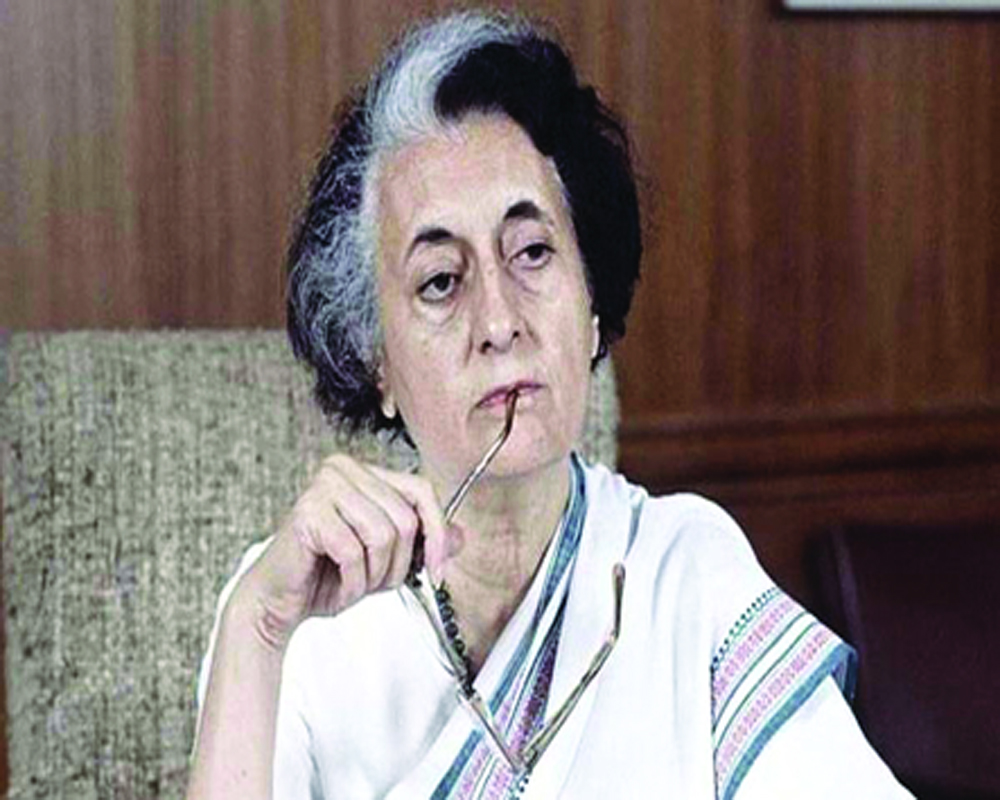The Indian subcontinent bests the west when it comes to primacy of women in politics
The patriarchal trend where males get more opportunities to make it to the top is visible even in the most progressive, liberal, and even so-called democratic societies. Ironically, politics is one field where the women of the Indian subcontinent seem to have broken the glass ceiling, more boldly than even in the west. The United States still has to boast of having a lady as its President. India has had women as President as well as Prime Minister. Women have been politically dominant in similar key positions in Pakistan, Bangladesh and also in Sri Lanka. Of course, the United Kingdom, Germany and New Zealand stand out as few countries where women have got opportunities to head their respective governments. Be it Margaret Thatcher from the UK, Angela Merkel (Germany) or Jacinda Ardern (New Zealand), there is no denying that the strong stamp of their distinct personalities could not have been ignored. Their rise could not have been possible without the backing of their parties. However, political charisma linked with their personalities is not solely dependent on their parties but has to do with their individual personalities. The possibility exists that Indira Gandhi may not have joined politics if she was not Jawaharlal Nehru's daughter. Initially, she was viewed as a "puppet," "dumb-doll" and/or a totally weak politician. But her entry into politics and later her role as Prime Minister led her to be known as the Iron Lady. Incidentally, Sonia Gandhi refrained from picking up political reins immediately after the assassination of former Prime Minister Rajiv Gandhi. She decided to head the Congress only when intra-party worsened. Her political credentials were untested but she succeeded in helping the Congress-led coalition remain in power for two consecutive terms. She is now the natural "high command" of the party. Priyanka Vadra's entry into politics seemed natural. Initially only her smiles and the crowds attracted by her hit media headlines. But her current moves are scripting a different tale. The reference is to her "broomstick-policy" in the aftermath of the Lakhimpur Kheri violence that gave her credibility as a politician. The political rise of Mamata Bannerjee, Mayawati and the late Jayalalithaa is quite similar. Their initial entry was backed either by their party and/or specific politicians in their domains. Subsequently, however, each moved on to successfully establish their own identities quite successfully. While Mamata rose from the ranks of Congress, she parted company to form Trinamool Congress in 1998. She led the party to oust Left bloc from West Bengal and head the government since 2011. The two names are inseparable — Mamata and TMC. So is the case of Mayawati and Bahujan Samaj Party. The same can be said about Jayalalithaa and AIADMK. Interestingly, the most vocal and eloquent voice of TMC in Lok Sabha is also a woman, Mahua Moitra. Women's political empowerment extends to other parts of the subcontinent. In Bangladesh the two lady prime ministers, Begum Khaleda Zia (1991-96 and 2001-2006) and Sheikh Hasina (1996-2001 and from 2006) have compelled acknowledgement of the importance given to women's leadership. Pakistan had late Benazir Bhutto as Prime Minister from 1988-90 and 1993-96. Sri Lanka gave the world its first woman Prime Minister in 1960 — Sirimavo Bandaranaike. Politically speaking, in the Indian subcontinent, women have carved a distinct niche of their own without being tagged as puppets or as pawns of their parties. Compared to their limited significance in most parts of world, they take the lead here. Against this backdrop, perhaps Priyanka's political message of encouraging entry of more women into politics should not be dismissed as mere rhetoric.
(The write is a senior journalist. The views expressed are personal.)


























